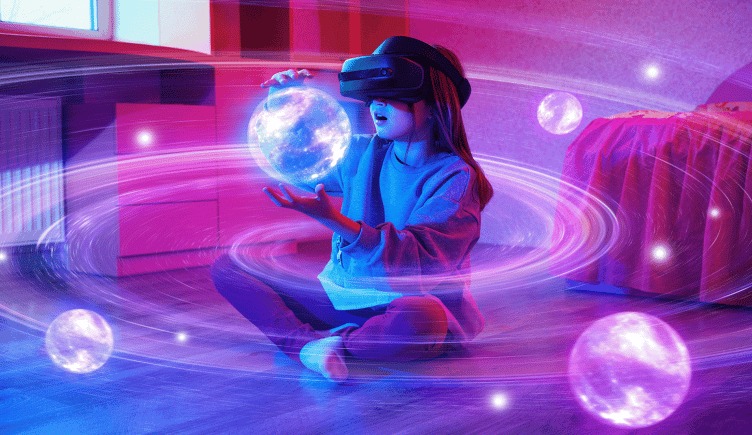In recent years, augmented reality (AR) has emerged as a transformative technology that has reshaped the way we interact with the world around us. One of the most exciting applications of AR technology is in the realm of gaming, where it has paved the way for a new genre of immersive and interactive experiences. This article explores the world of augmented reality games, examining their impact, technology behind them, and their future potential.
Understanding Augmented Reality
AR vs. Virtual Reality (VR) Augmented reality and virtual reality are often mentioned together, but they are distinct technologies. VR immerses users in a completely virtual environment, while AR enhances the real world by overlaying digital elements onto it. AR aims to blend the physical and digital realms seamlessly.
Key Components of AR AR games rely on several key components:
- Hardware: Smartphones and AR glasses are common devices used to access AR games.
- Sensors: These devices utilize sensors like GPS, accelerometers, and cameras to understand the user’s physical surroundings.
- Software: AR apps and games use software algorithms to process sensory data and render digital objects in real time.
Popular Augmented Reality Games
Pokémon GO “Pokémon GO” is arguably the most famous AR game to date. It introduced the concept of location-based AR gaming, allowing players to explore the real world while capturing virtual Pokémon creatures. The game’s success demonstrated the immense potential of AR for gaming and social interaction.
Minecraft Earth “Minecraft Earth” brought the beloved block-building game into the real world. Players could construct structures and explore Minecraft creations in their physical surroundings using AR.
Harry Potter: Wizards Unite This AR game invites players to become wizards and explore the wizarding world of Harry Potter. It combines geolocation features with magical gameplay elements, enabling players to cast spells and discover magical creatures in their neighborhoods.
Technology Behind Augmented Reality Games
Computer Vision Computer vision is a critical component of AR gaming. It enables devices to understand and interpret the visual data captured by cameras. This technology allows AR games to recognize objects, surfaces, and environments, making it possible to overlay digital content seamlessly.
SLAM (Simultaneous Localization and Mapping) SLAM technology is essential for tracking the user’s position and orientation in real time. It helps AR devices create a map of the physical environment and continuously update the user’s position within it.
Cloud-Based Processing Many AR games rely on cloud-based processing to handle the complex calculations required for rendering high-quality AR experiences. This allows for smoother gameplay and more realistic AR elements.
The Impact of Augmented Reality Games
Physical Activity and Exploration AR games encourage physical activity and exploration by requiring players to move around their surroundings to interact with digital elements. This aspect has had a positive impact on physical fitness and outdoor engagement.
Social Interaction AR games often incorporate social features, fostering community and interaction among players. Features like team battles, trading, and location-based events encourage players to collaborate and socialize.
Educational Potential AR games have educational potential, as they can provide immersive learning experiences. They can be used for history tours, geography lessons, or biology simulations, making education more engaging and interactive.
Challenges and Future Potential
Hardware Limitations The quality of AR experiences is heavily dependent on the capabilities of the hardware used. As AR glasses and smartphones continue to evolve, we can expect more sophisticated AR games with improved graphics and performance.
Privacy Concerns AR games that collect location data and use real-world mapping can raise privacy concerns. Striking a balance between gameplay and user privacy will be an ongoing challenge.
Integration with Other Technologies The integration of AR with other emerging technologies like 5G, edge computing, and blockchain can further enhance AR gaming experiences. These technologies can reduce latency, improve multiplayer interactions, and enable ownership of virtual assets.
Conclusion
Augmented reality games represent a fusion of the physical and digital worlds, offering players new and exciting ways to interact with their surroundings. The success of games like “Pokémon GO” has demonstrated the potential of AR to engage and entertain a wide audience while promoting physical activity and social interaction. As technology continues to advance, we can expect even more innovative AR games that push the boundaries of what is possible in merging the real and virtual realms. AR gaming has the potential to not only revolutionize entertainment but also impact education, tourism, and various industries in the future.

